The Securities Industry Essentials (SIE) Exam has been offered for almost three full months now. Throughout that time, I have tutored over a dozen students for the SIE Exam. Although every student is different, the exam stays (about) the same.
What I’d like to do today is dive a little deeper into what has become a streamlined, and virtually new Series 7 exam.
SIE Exam: How Did We Get Here?
The SIE Exam is offered by FINRA. In prior years, the first step into becoming a registered representative was to pass the Series 7 exam. The old Series 7 exam was a six hour marathon that was a thorn in the side of many Wall Street hopefuls. Over the years, FINRA came to the conclusion that a shorter, more general exam was a more appropriate starting point for any aspiring financier looking to enter the financial industry. Therefore, FINRA launched the SIE Exam in October 2018 as a way to preserve “the integrity of markets”, while also provide “greater consistency and uniformity to the process of entering” the securities industry. Their words, not mine.
Long-story-short, FINRA introduced an entry-level exam (the SIE) to make sure that everyone starts on the same page. The SIE then gets followed up with “top-off” exams to suit your career path. For example, if you are an investment banker, then after you pass the SIE Exam, you will also need to take the Series 7 top-off exam. You will also need to take the Series 79 exam. For equity research, after the SIE, you will also need to take the Series 7 exam, but then the Series 86 exam and the Series 87 exam. All of these “top-off” exams can be thought of as “specialties.”
A key difference between the SIE and prior FINRA exams is that you don’t need a sponsor to take the exam. Anyone 18 years old or older can sign up for, and take the exam for a $60 fee (as of this writing).
So what does it entail once you actually take the exam?
SIE Exam: What Does it Entail?
The SIE Exam itself consists of 75 multiple choice (four choices) questions that need to be completed in one hour and 45 minutes. You need to score at least a 70% to pass the exam. While this translates into getting no more than 22 questions wrong, I should also point out that the exam is curved. Your score is determined based on the exact exam you took. The number of difficult questions will vary from exam to exam, so the passing grade on one exam will differ from another.
Although this might make the exam sound easier (everyone loves a curve!), it’s not for everyone. It’s good to be real with yourself and consider how much time you will need to study. Most students need at least a month. However, I have seen some financial advisory programs push their employees to take the test in two weeks. You can still study and pass in this time frame, but it’s not a “lay-up.”
The SIE Exam includes a wide variety of topics. Specifically, about 60% of the exam includes knowledge of capital markets, as well as a basic understanding of specific products and risks. The other 40% involves customer accounts, and rules and regulations. The latter entails a decent amount of memory work.
Ultimately FINRA tries to cover the basics in the SIE Exam. It hits everything from bonds, to stocks, to options, to rules and regulations (Rule 144, Securities Act of 1933, etc.), and much more. The SIE Exam difficulty level is different for everyone, but from my experience as a tutor, it is certainly the easiest of the FINRA exams. Some of you might not like to hear this, but after the SIE, things get harder.
SIE Exam: How Do I Tackle It?
To avoid a failed SIE Exam, there are a few things you can do. First, get the right SIE Exam study material. There is no shortage of study material out there but stick to the name brands. We offer some SIE Exam study notes that have been compiled from hours of work as a SIE Exam tutor, but I recommend you stick to one study source if you can.
Most importantly however, stick to what works for you. If you find a specific study approach, and/or study material that resonates best with you, then go with that. Results are what is most important. Use the study strategy that will get you the results that you want (a passing grade!).
In addition to all of the above, the last thing I would suggest is to get a tutor. Ironically, I never used a tutor myself so I don’t recommend them for everyone. However, some people tend to learn much better interactively. A tutor can be extremely helpful here. Overall, I believe the primary function of the tutor is to fill in gaps left by the text or any other study material you might use. At Professional Exam Tutoring, we pride ourselves in our efficient approach, and effective sessions. We can usually tackle a topic that might take you many hours to learn, in an hour or two.
In a nutshell, the SIE Exam might not be the hardest exam you ever take, but it is the gatekeeper to the securities industry. Don’t take it lightly. Good luck!
